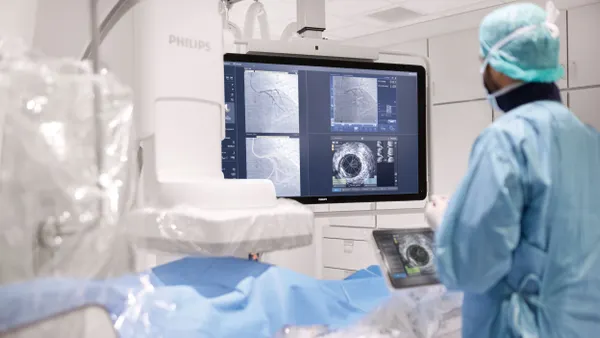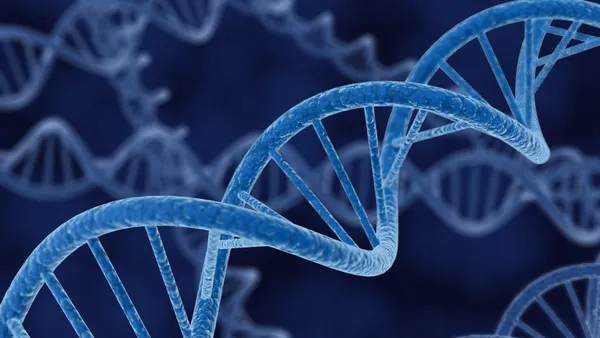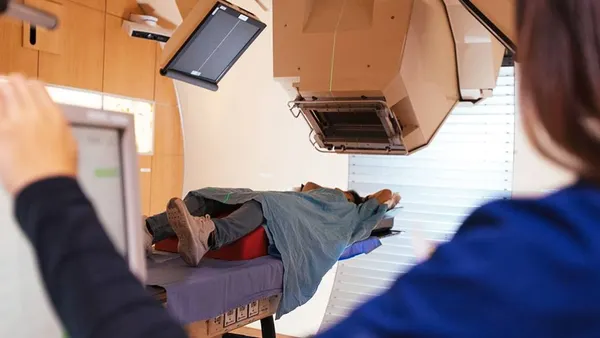Dive Brief:
-
Kirkland, Washington-based Resolution Bioscience has received FDA breakthrough device designation for its liquid biopsy assay, Resolution HRD.
-
The in vitro diagnostic is designed to detect sequence variations in certain genes related to homologous recombination deficiency, a dysfunction linked to tumor development.
-
Resolution hopes to use the extra support available to breakthrough devices to bring its test to market as the first assay capable of detecting gene deletions from cell-free DNA.
Dive Insight:
By amplifying cell-free DNA from plasma samples and capturing strands of the genetic material, Resolution said its platform can achieve greater specificity and sensitivity than its rivals.
Recent publications have lent credence to that claim, Resolution said. A study run by researchers at Dana-Farber Cancer Institute and Brigham and Women's Hospital found a version of Resolution's assay, ctDx Lung, detected 86% more actionable gene fusion mutations than Guardant Health's Guardant360.
Another study by AstraZeneca compared Resolution's assay favorably to three rival tests, according to the diagnostic company. AstraZeneca's paper does not name the tests or their manufacturers but Resolution claims it is Vendor B, the provider that achieved the highest positive predictive value. Resolution's claim is supported by the fact that both it and Vendor B make tests that cover 20 genes.
That makes Resolution's panel far smaller than those of rivals such as Guardant, which targets 73 genes using its Guardant360. Yet, Resolution thinks it has features that give its assay an edge when offered via its CLIA lab and potentially as a companion diagnostic in the future.
Using the extra FDA support and regulatory fast track potentially available to Resolution HRD through the breakthrough program, Resolution aims to win approval for the assay as a companion diagnostic.
If it hits its targets, the company thinks Resolution HRD may become the first approved assay capable of detecting gene deletions from cell-free DNA and differentiating between single copy and homozygous gene deletions through a simple blood draw.











